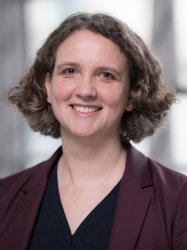BibTex format
@article{Sogaro:2019:10.1017/jfm.2019.632,
author = {Sogaro, FM and Schmid, PJ and Morgans, AS},
doi = {10.1017/jfm.2019.632},
journal = {Journal of Fluid Mechanics},
pages = {190--220},
title = {Thermoacoustic interplay between intrinsic thermoacoustic and acoustic modes: non-normality and high sensitivities},
url = {http://dx.doi.org/10.1017/jfm.2019.632},
volume = {878},
year = {2019}
}

